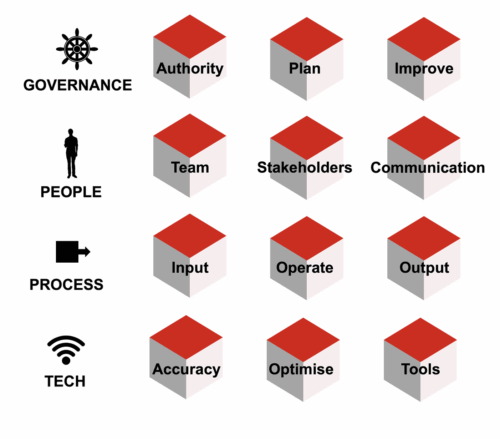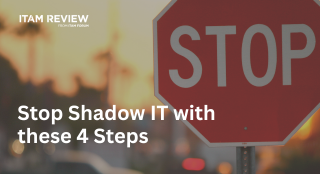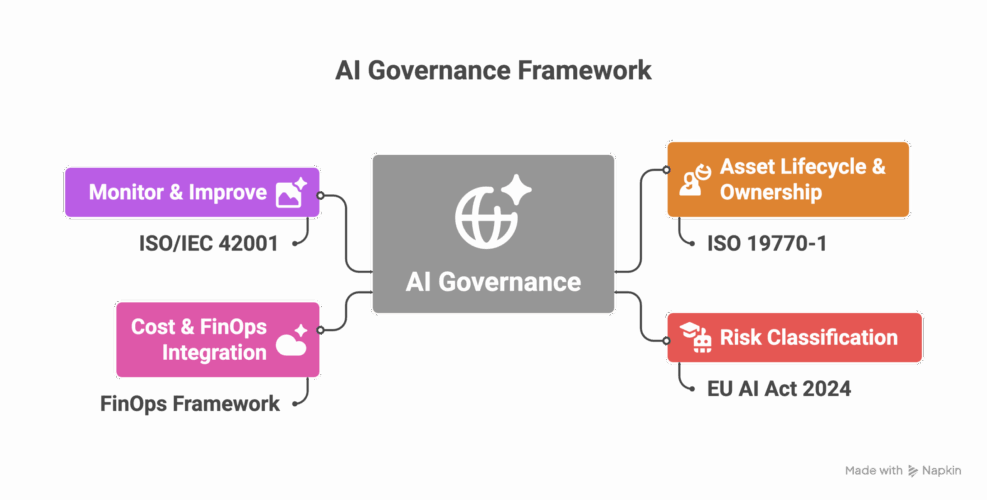Unlocking the Hidden Potential of IT Asset Disposition: ITAD Maturity Assessment results
In this article we explore the results of our ITAD Maturity Assessment, conducted in partnership with Dynamic Lifecycle Innovations.
Responsible disposal of IT assets is gaining increasing importance, driven by changes in working practices, regulatory requirements, and a growing focus on Sustainability. That’s the theory, but where do business currently stand from a practical standpoint? The ITAD Maturity Assessment results are in.
Unlocking the Financial Potential:
The results from our survey revealed a significant gap in the financial maturity of organizations when it comes to ITAD. 70% of participants scored low in the Financial category, indicating a lack of awareness or strategic focus on this critical aspect. This presents an opportunity for organizations to unlock the hidden potential of ITAD and optimize their financial returns.
It’s easy to see ITAD as being a cost centre – and indeed there are financial costs associated with it – but there is a revenue opportunity too. Devices are beginning to enjoy extended lifecycles due to better repairability and longer software support cycles and this makes them more valuable on the secondary market. Furthermore, their performance is such that even when a device is obsolete in a corporate setting it can still have a long second life elsewhere.
It’s also worth exploring how your finance team account for hardware purchases. If they’re treated as capital expenditure (CAPEX) then they’ll be depreciated/amortized in the accounts over a period of time – often 3 to 5 years. Once an asset is fully depreciated any revenue which comes back from your ITAD partner is pure profit, because the asset has a zero value on the books.
Budgeting for ITAD:

One key revelation from the survey is that most organizations do not include ITAD program costs and profits within their annual budgeting process. This oversight can lead to ad-hoc decision-making, resulting in missed opportunities to maximize financial returns. Organizations should meet regularly with their ITAD partner to discuss service levels, associated costs, and expected revenue from planned device deposits. Modern ITAD providers pay close attention to resale market values and can advise their clients how to maximize value from their devices.
The Importance of Resources:
Another significant finding is that many organizations lack the proper resources to execute their ITAD strategies effectively. Without dedicated personnel, tools, and infrastructure, organizations may struggle to implement best practices, jeopardizing data security, compliance, and financial outcomes. Adequate resourcing is essential to ensure a seamless ITAD process that maximizes returns and minimizes risks. The optimum solution to this resource requirement may be to find the right partner in order to outsource the work. For example, by choosing the right partner, it becomes possible to free up in-house staff from time-consuming tasks such as data wiping.

Revenue Share and Remarketing Strategies:
Surprisingly, almost a third of organizations do not receive a percentage share of the revenue generated from qualified resale devices sent to their ITAD vendor. This missed opportunity can significantly impact the financial outcome of the ITAD program. As noted above, find an ITAD provider you can work with and who is transparent about resale values. Taking a strategic approach to asset refresh cycles by leveraging the partner’s market knowledge can generate revenue to offset some of the cost of replacement assets.

Sustainability
Sustainability continues to grow in importance and this is reflected in new services provided by the ITAD sector. Even as recently as five years ago, customer expectations were that consigned devices were by default shredded in order to address data security concerns. That’s a wasteful strategy and no longer necessary.
However, out of the survey participants 48% scored low, 10% scored medium, and 42% scored high in the Sustainability category. These numbers point to a significant opportunity for organizations to enhance their ITAD practices in terms of sustainability and user-friendliness.
Promoting the Circular Economy:
The finding that only 53% of respondents prioritize maximizing the useful life of disposed assets through evaluation for reuse indicates a potential missed opportunity. Embracing a circular economy mindset, where assets are repurposed and diverted from landfills, can not only reduce environmental impact but also create economic value by extending the lifespan of IT equipment. Furthermore, there are intangible non-financial benefits from making IT consumption more circular, something that will become increasingly important as sustainability regulations gain traction. Every device which enjoys a “second life” cuts the demand for net new devices and can also contribute to social programs such as Digital Inclusion, providing a good news story for your organization’s annual ESG reporting.

The Power of Sustainability Reporting:
The survey revealed almost half of participants require sustainability reporting based on the IT equipment sent for disposal. By integrating sustainability reporting into ITAD programs, organizations can gain valuable insights into their environmental footprint, track progress, and showcase their commitment to responsible practices.

Transparency in reporting can also foster trust among stakeholders and position businesses as leaders in sustainability. Furthermore, it enables companies to go beyond purely financial measures and report the true value of their ITAD program. Positive sustainability outcomes can offset financial costs and also engage stakeholders outside of technology and finance in the ITAD program. Such intangible gains can also be reported in annual ESG reports and provide positive marketing and public relations stories.
Streamlining ITAD Processes:
The statistic that 56% of respondents rely on a primary ITAD vendor to handle their program needs hints at the potential benefits of consolidation. Partnering with a single vendor can streamline processes, reduce administrative burden, and enhance efficiency. Moreover, a strategic partnership with a global ITAD provider can ensure consistency and compliance across regions, leading to improved ease of use and overall program effectiveness. By adopting a standard approach to asset disposition it becomes possible to ensure global compliance with sustainability and E-waste regulations.

Conclusion:
The results from the ITAD Maturity Assessment indicate there is considerable room for improvement across the board when it comes to ITAD and making informed, sustainable decisions about hardware refreshes and disposal. Whilst there are signs that progress is being made there is still much to be done, particularly with regard to planning the financial aspects of ITAD programs. This will become important as the regulatory landscape in regard to Sustainability matures. ITAD and sustainable IT will go from being perhaps an afterthought to something which will require a strategic approach.
Discover your ITAD Maturity:
To see how your organization matches up against the survey respondents take the ITAD Maturity Assessment. You’ll find out where you stand and gain access to tips and best practices to help you improve your score.
Can’t find what you’re looking for?
More from ITAM News & Analysis
-
Stop Shadow IT Before It Hurts Your Business
Shadow IT often spreads quietly and quickly becomes a serious risk. Just look at the UK-based supermarket chain Co-op. A little-known remote maintenance tool used by an external IT provider was compromised. The result? Nearly 800 ... -
Why ITAM Forum Should Join the Linux Foundation: My Rationale and Your Questions Answered
TLDR. ITAM Forum has the opportunity to join the Linux Foundation as a stand-alone, self-funded project. This article covers a) What’s happening b) Why I think it’s a great move for the ITAM Forum and c) ... -
Microsoft Pricing Changes: EA Customers Face Price Increases
From 1st November 2025, Microsoft will remove all tiered pricing for Online Services under the Enterprise Agreement. This means all customers renewing or purchasing new Online Services after this date, will receive standard level A pricing ...
Software Licensing Training
Similar Posts
-
Eight steps towards AI governance
I delivered our “Managing AI as an Asset” training course the day before the Wisdom conference last week. Thank you to those who attended and provided feedback. It will be available on the LISA platform before ... -
Crawl, Walk, Run applied to ITAM Best Practice (Practical ITAM)
Since the ITAM Forum has been working in strategic partnership with the FinOps Foundation, I’ve come to admire the Crawl, Walk, Run approach to best practices, as it allows improvements and recommendations to meet the organisation ... -
Stop Shadow IT Before It Hurts Your Business
Shadow IT often spreads quietly and quickly becomes a serious risk. Just look at the UK-based supermarket chain Co-op. A little-known remote maintenance tool used by an external IT provider was compromised. The result? Nearly 800 ... -
AI Governance Through an ITAM Lens: Treat AI as a Status Change, Not a New Asset
Managing AI in the enterprise is a team sport. In this article, I want to explore specifically what ITAM brings to the table as we enter the AI era. As I’ve mentioned in previous articles on ...




